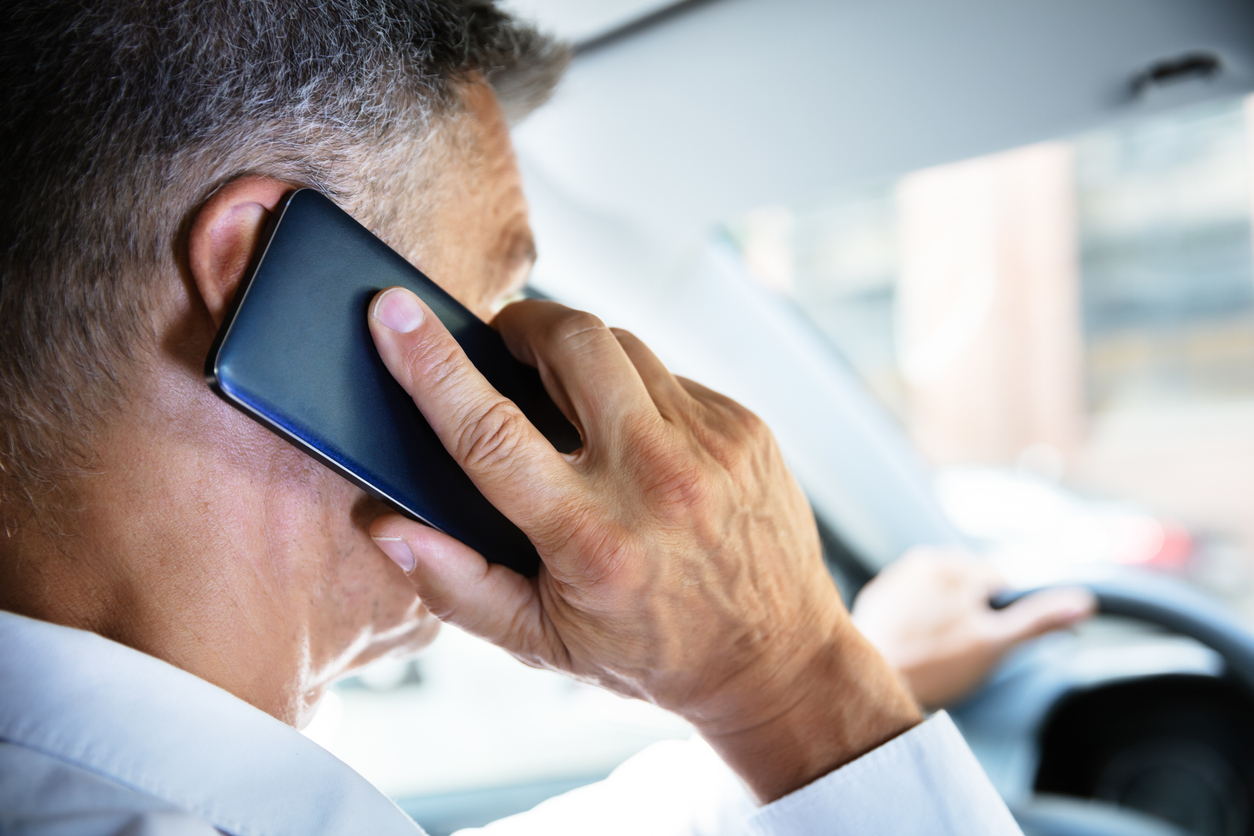Carriers are looking for ways to mitigate risk, and many are turning to technologies to help their insureds better manage their fleet and offering capabilities to improve driver safety. Berkshire Hathaway GUARD Insurance Companies was looking for a way to reduce both the frequency and severity of its claims. The carrier started to investigate devices that help reduce the number and severity of accidents while helping its insureds manage their fleets.
One device, three capabilities
In mid-2018, Berkshire Hathaway GUARD began to investigate different IoT devices for its commercial auto portfolio. At the beginning, the firm considered telematics-only devices but decided it wanted a broader solution. “We were looking for a system that would provide three things,” explains Sy Foguel, president. “First, we wanted to provide fleet management as an incentive for our insureds. We also wanted telematics, as well as an Advanced Driver Assistance System (ASAS).”
Berkshire Hathaway GUARD chose Safe Drive Systems (SDS) one of the few companies with a solution that included all three capabilities. The solution is made up of the RD140 Anti-Collision Radar System and the SDS Fleet Management System (FMS) that includes real-time tracking abilities, report generation software, driver behavior scoring as well as the Fleet SDS mobile application. Because the solution includes both radar and a camera, the technology works in all weather conditions and any time of day.
Foguel explains that it was important to use more than just telematics. “We wanted a system that not only monitors when damage happens, but actually helps avoid the damage and more importantly, save lives,” he says. “The ADAS system with the telematics does both.”
The two companies began an ongoing, multiple-phase fleet technology pilot program in mid-2018, installing the SDS systems in 580 vehicles of selected fleet customers of Berkshire Hathaway GUARD. The customers installed them in a variety of mid-size and larger trucks.
“We developed a system that can be installed in almost every vehicle that can enforce driver safety by providing audio and visual alerts in real time based on the radar and the camera and sensors embedded in the vehicle,” says Tuvi Cohen, SDS president and CEO. “For this project, we built a unique platform that integrates everything. It has telematics with collision avoidance with the platform for fleet management to provide real time insights on driver behavior from a collision-avoidance system.”
The full solution kit includes six components. The radar system detects metal objects outside the vehicle and installs in front of the front bumper. A camera sensor detects pedestrians, signs, road lanes and sits on the windshield, connecting to a display unit that provides the driver with real-time alerts based on the sensor reader. A speaker provides audio alerts. The CPU is embedded in the switch box and connected to the vehicle. Finally, the telematics unit that provides information on collisions and driver behavior.
System changes driver behavior
The companies recently completed the first phase of the pilot program which encompassed 580 vehicles collectively driven more than 5 million miles. The data showed positive results in improving driver performance. A full 92 percent of drivers immediately reduced their speed each time the radar system warned them of a potentially high-risk situation that might cause an accident.
“In the long run, I truly believe that not only will we reduce rates and premiums to the insurer, but we’ll also help save lives,” explains Foguel. Subsequent phases of the pilot will quantify the effects of the connectedness. We see that driver behavior changed for the better, but that’s only the first part. It will take us a year to collect the data to see how it will affect claims.”













